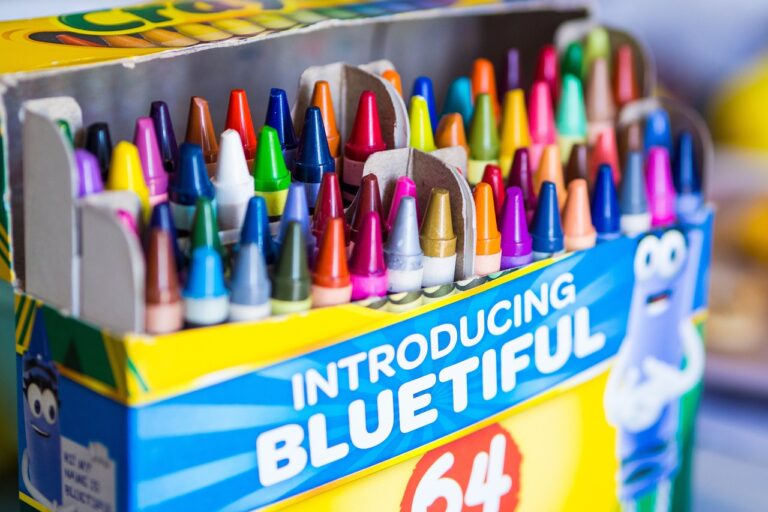Strategies for Building Resilient Learning Environments
11 x play login, india24bet, Skyfairs Signup:In today’s fast-paced and ever-changing world, building resilient learning environments is crucial for ensuring success and growth. Whether you’re a teacher, a student, or a parent, creating a space that fosters resilience can make a significant impact on learning outcomes. Here, we’ll explore some strategies for building resilient learning environments that can benefit everyone involved.
Encourage Growth Mindset
One of the key strategies for building resilience in learning environments is to encourage a growth mindset. Instead of focusing on fixed abilities, emphasize the power of effort and perseverance. Teach students to view challenges as opportunities for growth and learning, rather than setbacks. By fostering a growth mindset, you can help build resilience and a willingness to overcome obstacles.
Promote Positive Relationships
Creating a supportive and positive learning environment involves promoting healthy relationships among students, teachers, and parents. Encourage open communication, empathy, and collaboration to build trust and a sense of belonging. Positive relationships can provide a strong support system for students to lean on during challenging times, enhancing their resilience in the face of adversity.
Emphasize Problem-Solving Skills
Teaching problem-solving skills is essential for building resilience in learning environments. Encourage students to approach challenges with a solution-oriented mindset and to break down problems into manageable steps. By developing their problem-solving skills, students can build confidence, resilience, and a sense of accomplishment when overcoming obstacles.
Foster Emotional Intelligence
Emotional intelligence plays a critical role in building resilience. Teach students to recognize and manage their emotions effectively, as well as to empathize with others. By fostering emotional intelligence, you can help students navigate stress, setbacks, and conflicts more effectively, building their resilience in the process.
Create a Safe and Inclusive Environment
Building a safe and inclusive learning environment is essential for promoting resilience. Ensure that students feel physically and emotionally safe in the classroom, and promote diversity and inclusion to create a sense of belonging for all. A safe and inclusive environment can empower students to take risks, make mistakes, and learn from failures, ultimately enhancing their resilience.
Implement Mindfulness and Stress-Reduction Techniques
Teaching mindfulness and stress-reduction techniques can help students build resilience by improving their ability to manage stress and anxiety. Encourage practices such as deep breathing, meditation, and mindfulness exercises to help students cultivate self-awareness, focus, and emotional regulation. These techniques can empower students to navigate challenges with clarity and resilience.
FAQs
Q: How can teachers build resilience in their students?
A: Teachers can build resilience in their students by promoting a growth mindset, fostering positive relationships, emphasizing problem-solving skills, fostering emotional intelligence, creating a safe and inclusive environment, and implementing mindfulness and stress-reduction techniques.
Q: How can parents support resilience in their children?
A: Parents can support resilience in their children by promoting a growth mindset, fostering positive relationships, emphasizing problem-solving skills, fostering emotional intelligence, creating a safe and inclusive environment, and modeling resilience and perseverance in their own lives.
Q: What are some additional strategies for building resilient learning environments?
A: Some additional strategies for building resilient learning environments include promoting autonomy and independence, encouraging self-reflection and self-awareness, providing opportunities for feedback and growth, celebrating successes and progress, and adapting teaching methods to meet individual needs and learning styles.
In conclusion, building resilient learning environments requires a multifaceted approach that incorporates strategies for promoting growth mindset, positive relationships, problem-solving skills, emotional intelligence, safety and inclusivity, and mindfulness and stress reduction. By implementing these strategies, educators, parents, and students can work together to create environments that empower students to thrive, persevere, and succeed in the face of challenges.







